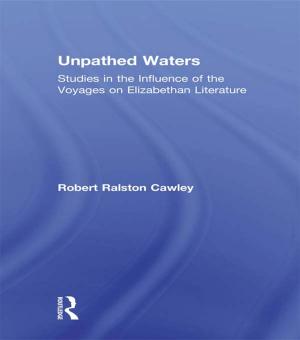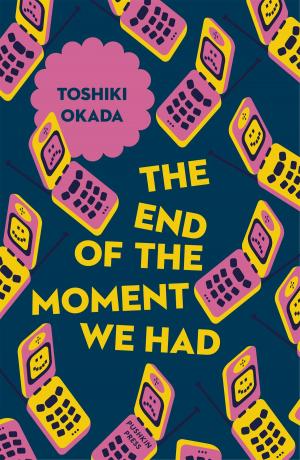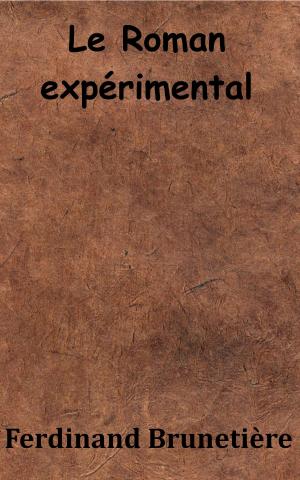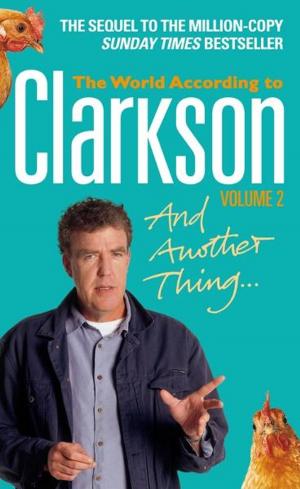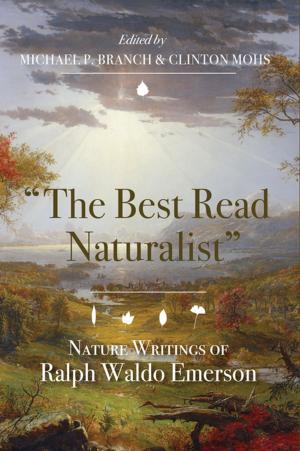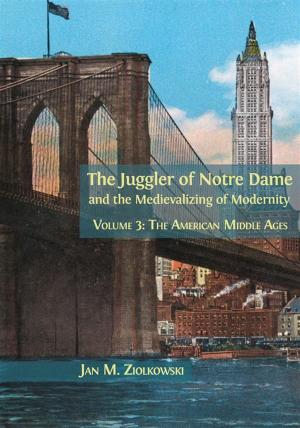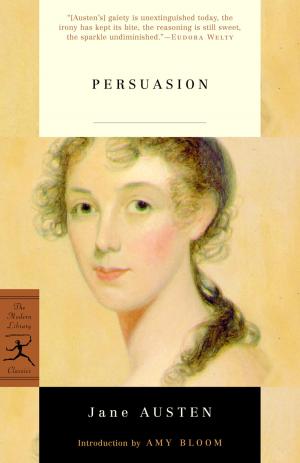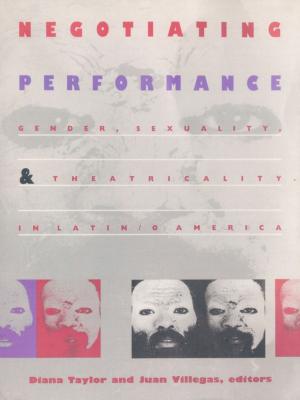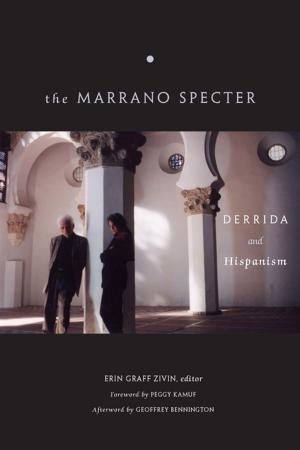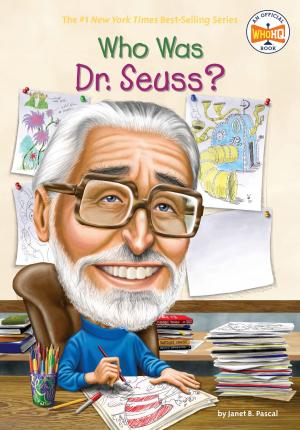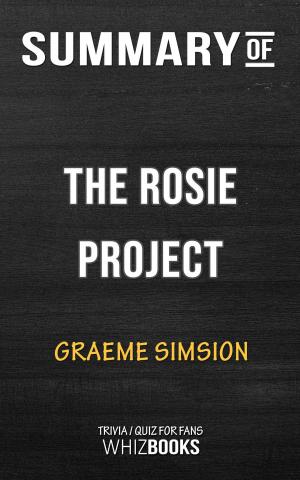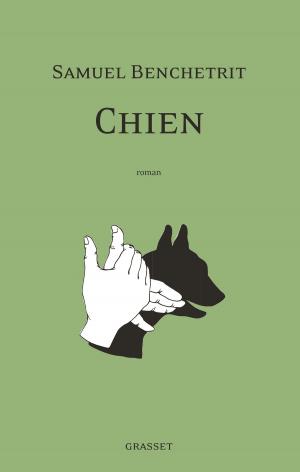| Author: | Earl D James | ISBN: | 9780615501949 |
| Publisher: | Black Moon Press | Publication: | January 1, 2001 |
| Imprint: | Language: | English |
| Author: | Earl D James |
| ISBN: | 9780615501949 |
| Publisher: | Black Moon Press |
| Publication: | January 1, 2001 |
| Imprint: | |
| Language: | English |
From the British Columbia rainforest to the hills of Kentucky, the waters of the Rio Grande and the power centers of New York, Washington and Rome, Bella Coola: The Rainforest Brought Them Home probes the spiritual fault lines of our civilization in crisis. A clash between spirit and greed in the rainforest places the lives and loves of indigenous, Euro- and African-American protectors of the planet in jeopardy. With hearts torn between love for each other and love for the earth, Peter and Sarah, Bobby and Annetta, Anna and Ted, Randy and Aleysha, and Moria and Norval struggle to control their destinies. Bella Coola: The Rainforest Brought Them Home, set in 1998, is a novel that explores the intertwined quests of lifelong friends to find meaning in a world they experience as turned upside down from widespread environmental degradation and spiritual failure. Bella Coola begin with an evocative picture of a man—Peter—entering an ancient Canadian rainforest wilderness to support anti-logging activities. Peter and his wife Sarah left the US during the Vietnam War and became ardent environmental activists in British Columbia. Throughout the first chapter several themes emerge: the restorative quality of human experience in nature, the obligation to protect her, and the sensibility of a man at a critical juncture in life—with respect to both activist commitment and Peter’s commitment to Sarah. Peter’s dilemma is one that concerns all sensitive humans, and how he tries to resolve this conflict throughout the novel examines the struggle to find meaning in contemporary life. His trek through this wilderness to join his indigenous colleagues Norval, Duran and Roy at a pristine, old-growth wilderness valley threatened with clear-cut logging, the culmination of that journey and excerpts from a book he is writing about these conflicts create the central story of the novel. The narrative unfolds next through the back-story of Ted, Moria, Peter, and Sarah. It establishes them as thoughtful, committed individuals at midlife crossroads, still powerfully engaged in the dialogue about justice and environmentalism that informed their young adult community. Ted, an environmental lawyer-lobbyist-organizer based in Washington, DC is recovering from a divorce, and is confronting his lifelong struggle to reconcile with his father, who is near death. He has recently taken up with Anna, a GenX environmental advocate twenty years his junior. These strong challenges to his sense of identity lead him into deep conversation with his old friend Moria, a therapist with a Buddhist sensibility, illuminating Ted’s inner struggles. Another thread of the story is introduced through Randy, an African-American editor-in-chief of a small New York publishing house planning to publish Peter’s book. The publishing company was recently acquired by a Dutch conglomerate that also took over the logging company operating in the same rainforest Peter is protecting. Randy finds himself at the nexus of a brewing conflict that could destroy his career. Meanwhile, Ted’s desire to reconcile with his father takes him to a small village along the Rio Grande in New Mexico where he discovers a father he never knew before and learns a major life lesson. Ted, Sarah and Peter reunite in a long and crucial scene in Eastern Kentucky, where Ted’s clients are opposing clear-cut logging for a proposed chip mill. Bobby, a Cherokee activist and his partner Annetta, a Cherokee spiritual healer, emerge as pivotal figures in this scene and play important roles again in the final scenes of Bella Coola: the Rainforest Brought Them Home. Peter’s inability to resolve his conflicts between direct action, his writing and his relationship with Sarah leads him to join his Nuxalk Nation colleagues in an attempt to protect the Skowquiltz Valley north of Bella Coola. This decision puts him in danger of losing his life in the very forest he is intent upon protecting, and of losing his life-long relationship with Sarah. Both struggle with the pain of the choices each must make.
From the British Columbia rainforest to the hills of Kentucky, the waters of the Rio Grande and the power centers of New York, Washington and Rome, Bella Coola: The Rainforest Brought Them Home probes the spiritual fault lines of our civilization in crisis. A clash between spirit and greed in the rainforest places the lives and loves of indigenous, Euro- and African-American protectors of the planet in jeopardy. With hearts torn between love for each other and love for the earth, Peter and Sarah, Bobby and Annetta, Anna and Ted, Randy and Aleysha, and Moria and Norval struggle to control their destinies. Bella Coola: The Rainforest Brought Them Home, set in 1998, is a novel that explores the intertwined quests of lifelong friends to find meaning in a world they experience as turned upside down from widespread environmental degradation and spiritual failure. Bella Coola begin with an evocative picture of a man—Peter—entering an ancient Canadian rainforest wilderness to support anti-logging activities. Peter and his wife Sarah left the US during the Vietnam War and became ardent environmental activists in British Columbia. Throughout the first chapter several themes emerge: the restorative quality of human experience in nature, the obligation to protect her, and the sensibility of a man at a critical juncture in life—with respect to both activist commitment and Peter’s commitment to Sarah. Peter’s dilemma is one that concerns all sensitive humans, and how he tries to resolve this conflict throughout the novel examines the struggle to find meaning in contemporary life. His trek through this wilderness to join his indigenous colleagues Norval, Duran and Roy at a pristine, old-growth wilderness valley threatened with clear-cut logging, the culmination of that journey and excerpts from a book he is writing about these conflicts create the central story of the novel. The narrative unfolds next through the back-story of Ted, Moria, Peter, and Sarah. It establishes them as thoughtful, committed individuals at midlife crossroads, still powerfully engaged in the dialogue about justice and environmentalism that informed their young adult community. Ted, an environmental lawyer-lobbyist-organizer based in Washington, DC is recovering from a divorce, and is confronting his lifelong struggle to reconcile with his father, who is near death. He has recently taken up with Anna, a GenX environmental advocate twenty years his junior. These strong challenges to his sense of identity lead him into deep conversation with his old friend Moria, a therapist with a Buddhist sensibility, illuminating Ted’s inner struggles. Another thread of the story is introduced through Randy, an African-American editor-in-chief of a small New York publishing house planning to publish Peter’s book. The publishing company was recently acquired by a Dutch conglomerate that also took over the logging company operating in the same rainforest Peter is protecting. Randy finds himself at the nexus of a brewing conflict that could destroy his career. Meanwhile, Ted’s desire to reconcile with his father takes him to a small village along the Rio Grande in New Mexico where he discovers a father he never knew before and learns a major life lesson. Ted, Sarah and Peter reunite in a long and crucial scene in Eastern Kentucky, where Ted’s clients are opposing clear-cut logging for a proposed chip mill. Bobby, a Cherokee activist and his partner Annetta, a Cherokee spiritual healer, emerge as pivotal figures in this scene and play important roles again in the final scenes of Bella Coola: the Rainforest Brought Them Home. Peter’s inability to resolve his conflicts between direct action, his writing and his relationship with Sarah leads him to join his Nuxalk Nation colleagues in an attempt to protect the Skowquiltz Valley north of Bella Coola. This decision puts him in danger of losing his life in the very forest he is intent upon protecting, and of losing his life-long relationship with Sarah. Both struggle with the pain of the choices each must make.

